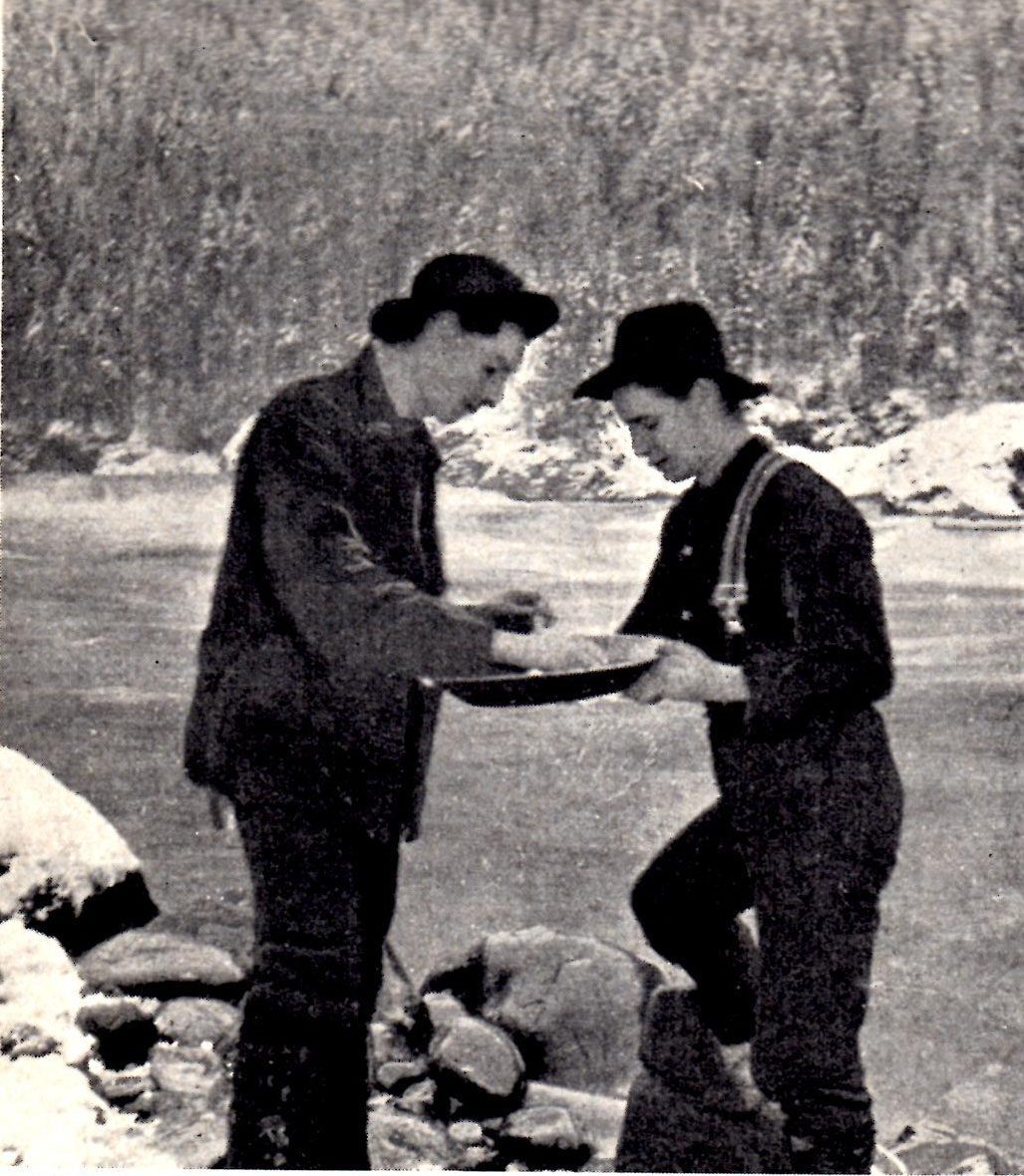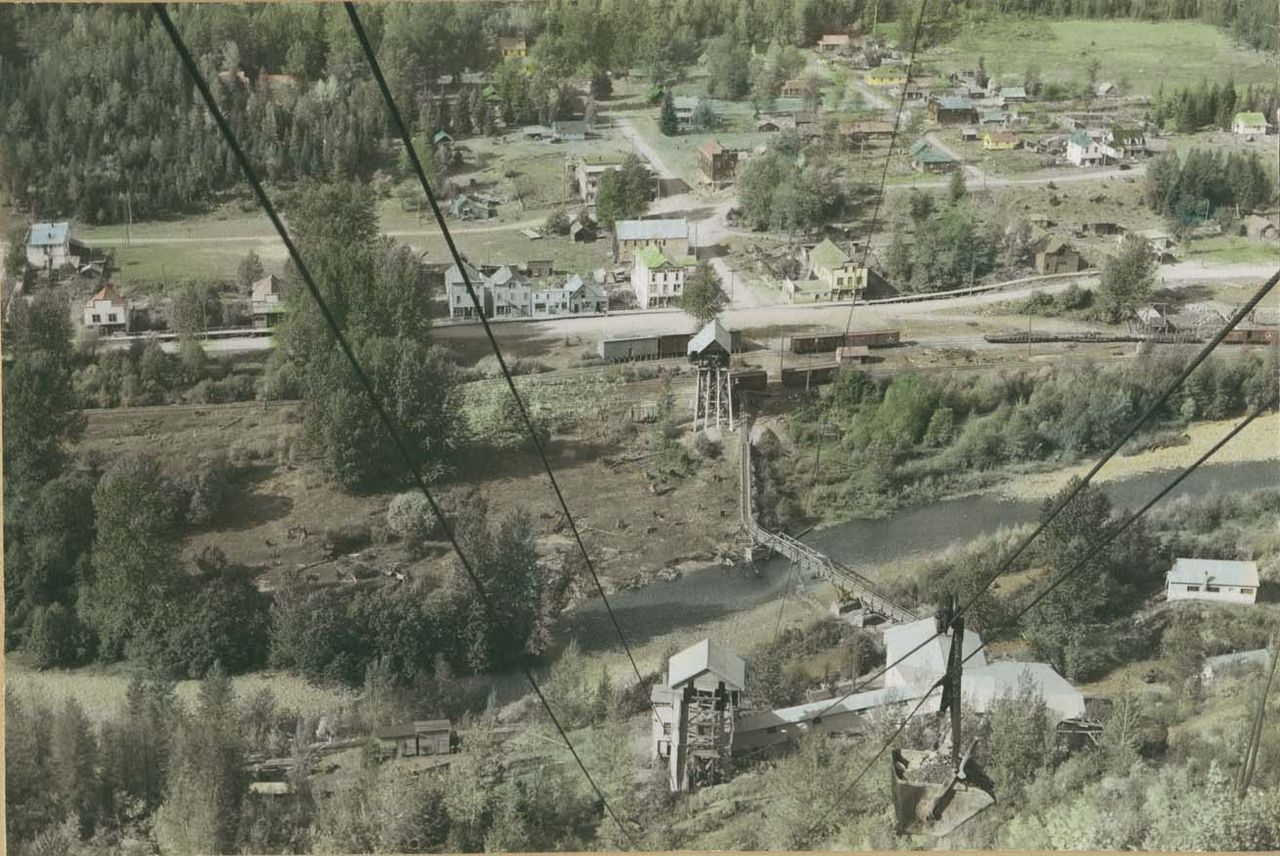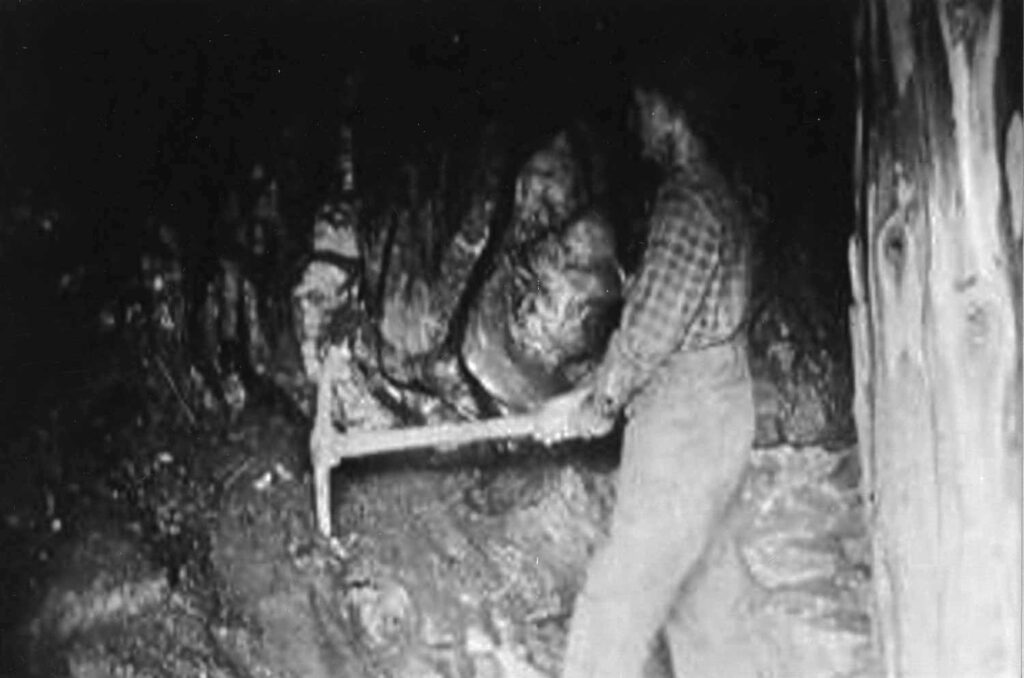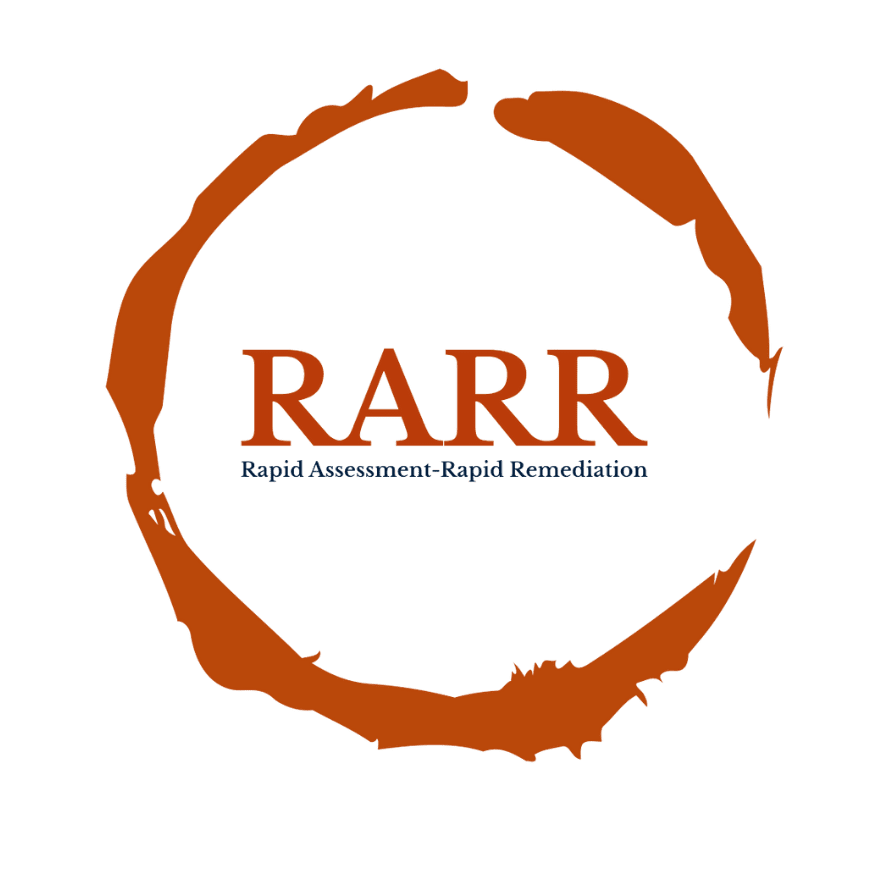History of Mining in BC
One commonality in all extraction methods was the creation of waste, commonly referred to as mine tailings. These tailings were laden with processing chemicals, heavy metals and remaining metals and elements. The mills and concentrators were generally located in valley bottoms near waterways to provide power, water and ease of access for workers. Tailings were then dumped along the edge or directly into waterways.
In the early days of mining the environmental impacts of mine tailings were perhaps underestimated or ignored. The economic importance of mining undoubtedly overshadowed ecological concerns until the mid-1900’s.



It took until 1965 for the first environmental laws surrounding mining to be enacted, beginning with operational pollution permitting being required. In 1969 the “Mines Regulation Act” was introduced requiring that all owners, agents or managers of a surface mine carry out a program to protect and reclaim disturbed land and water and complete this program when the mine was abandoned or discontinued. While this act was a step in the right direction, many mining companies had gone out of business or ceased operations by this time, leaving behind tailings and infrastructure. This led to a number of orphaned mine tailings sites scattered throughout the region and the province. As awareness of the ecological impacts of mine tailings increased, environmental laws with respect to mining and tailings management have continued to be enacted in the province of British Columbia. A detailed summary of mining laws in the province can be found in the publication “A Timeline of Mining Law and Contamination Events in British Columbia”.
Federal legislation, such as the Fisheries Act, have further increased protection of waterways from the impacts of mining by prohibiting “the deposit of all deleterious substances: into water frequented by fish, or to any place, under any conditions, where it may enter water frequented by fish”.
While the awareness of the impacts of mining and remediation activities continue to increase across the province, there is still much to be done to remove some of this pollution from our natural environment. Innovative solutions for the remediation of mine tailings continue to be developed and researched (such as utilizing recycling methods for the metals found in the tailing) increasing the potential for remediating more sites. As our understanding of the impacts of mining grows, so too should our commitment to protecting our environment by addressing the issues associated with mine tailings.


Join us
Join us in our mission to rapidly assess the environmental risks of abandoned mine tailings and their potential for remediation.
Together, we can make a difference in our environment and create a healthier and safer future for generations to come.
We wish to thank the Salmo Museum and the Salmo Valley Historical Society for graciously providing us with historic photos.
Special thanks to Gloria Currie!




